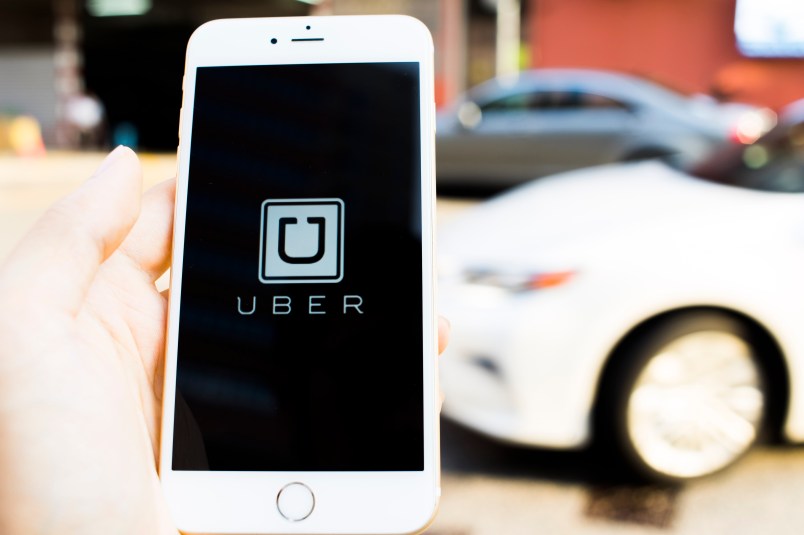SAN FRANCISCO (AP) — Uber is pulling its self-driving cars out of Arizona, a reversal triggered by the recent death of woman who was run over by one of the ride-hailing service’s robotic vehicles while crossing a darkened street in a Phoenix suburb.
The decision announced Wednesday means Uber won’t be bringing back its self-driving cars to the streets to Arizona, eliminating the jobs of about 300 people who served as backup drivers and performed other jobs connected to the vehicles.
Uber had suspended testing of its self-driving vehicles in Arizona, Pittsburgh, San Francisco and Toronto while regulators investigated the cause of a March 18 crash that killed 49-year-old Elaine Herzberg in Tempe, Arizona. It marked the first death involving a fully autonomous vehicle, raising questions about the safety of computer-controlled cars being built by Uber and dozens of other companies, including Google spin-off Waymo.
Uber still plans to build and test self-driving cars, which the San Francisco company considers to be critical to maintaining its early lead in the ride-hailing market. This as Waymo and other rivals prepare to enter the field with robotic vehicles that may be able to offer cheaper fares.
In a Wednesday statement, Uber said its self-driving cars will return to Pittsburgh this summer. The company said it is focusing its efforts to build self-driving cars in that city as well as in San Francisco, although it didn’t make a commitment to bring its robotic vehicles back to the streets of California, where it no longer has a permit to operate them after allowing its license in that state to expire earlier this year.
About 550 Uber employees will remain in Arizona working on its other operations in the state, including its traditional ride-hailing service with cars driven by humans responding to requests made through a mobile app.
Uber brought a fleet of self-driving cars to Arizona at the end of 2016, just days after the vehicles were banned from California for not having the proper permits at that time.
California’s action prompted Arizona Gov. Doug Ducey to send out a derisive tweet in an effort to persuade Uber to bring its self-driving cars to his state. “This is what OVER-regulation looks like!” Ducey wrote.
Ducey prohibited Uber from continuing its tests of self-driving cars after Herzberg was run over, a ban that a spokesman said Wednesday remains in effect.
“The governor’s focus has always been on what’s best for Arizonans and for public safety, not for any one company,” said Ducey spokesman Daniel Scarpinato.
The fatal collision involving Uber’s self-driving car added to the headaches vexing CEO Dara Khosrowshahi as he tries to repair the damage done by a regime led by his predecessor, Uber co-founder Travis Kalanick. The company is trying to recover from a wave of revelations and allegations about rampant sexual harassment in Uber’s workforce, a cover-up of a massive data breach , dirty tricks and stolen trade secrets .
Khosrowshahi has promised he won’t allow Uber’s self-driving cars back on public roads again until he is convinced the vehicles are safe. That won’t happen until Uber completes “a top-to-bottom safety review,” according to a statement the company issued Wednesday. As part of that process, Uber hired Christopher Hart, a former chairman of the National Transportation Safety Board, to review its self-driving car program.
Meanwhile, Waymo is preparing to launch a ride-hailing service in Arizona that will pick up passengers in robotic cars that won’t have humans to take control if the vehicle malfunctions. The service is supposed to begin before the end of this year.



